Table of Contents
- What is Achiote Seed?
- The Rich History Behind Achiote Seeds
- Flavor Profile and Culinary Uses
- Visual Comparison: Achiote vs Other Spices
- 5 Practical Tips for Cooking with Achiote Seeds
- Buying Guide: Choosing the Best Achiote Seeds
- Creative Non-Culinary Uses of Achiote
- Final Thoughts on This Colorful Spice
What is Achiote Seed?
Achiote seed comes from the Bixa orellana plant, a tropical shrub native to Central and South America. Known for its reddish-orange seeds, achiote has been used for centuries — not just in cooking, but also as a natural dye, sunscreen, and even body paint by indigenous cultures.
The seeds themselves are encased in heart-shaped pods that burst open when mature, revealing dozens of small, triangular seeds coated in a vibrant red pulp. This pulp is what gives achiote its signature color and mild earthy flavor.
The Rich History Behind Achiote Seeds
Achiote’s history runs deep. Long before it became a staple in Latin American cuisine, indigenous tribes used it for ceremonial body paint and protection against insects and sunburn. Spanish explorers discovered its culinary potential and helped spread its use across the globe.
Today, it's especially popular in Mexican, Caribbean, and Peruvian dishes like cochinita pibil, annatto rice, and sofrito blends. Its dual role as both spice and natural food coloring makes it one of the most versatile ingredients in traditional kitchens.
Flavor Profile and Culinary Uses
Achiote has a mild, slightly peppery, nutty, and sweet profile. It doesn’t overpower a dish but enhances it subtly, much like paprika or saffron. However, unlike those spices, achiote’s real superpower lies in its rich orange-red pigment.
In the kitchen, you’ll often see it toasted and ground into powder or infused in oil (achiote oil) to extract both color and flavor. Here are some common uses:
- Making recado rojo: The base of many Yucatecan marinades.
- Coloring rice and soups: Adds visual appeal without overwhelming taste.
- Marinating meats: Especially pork and chicken.
Visual Comparison: Achiote vs Other Spices
| Spice | Color | Flavor Intensity | Primary Use |
|---|---|---|---|
| Achiote Seed | Deep Orange-Red | Mild | Color + Mild Earthiness |
| Paprika | Reddish-Brown | Mild to Medium | Smoky or Sweet Depth |
| Saffron | Golden Yellow | Mild but Complex | Luxury Coloring & Flavor |
| Turmeric | Bright Yellow | Mildly Earthy | Coloring & Health Benefits |
5 Practical Tips for Cooking with Achiote Seeds
- Toasting Brings Out Flavor – Toast the seeds in a dry pan for a minute or two to enhance their nutty aroma.
- Infuse Oils and Vinegars – Make your own achiote oil by heating the seeds in oil until they bloom with color.
- Pair with Garlic, Cumin, and Citrus – These ingredients complement achiote beautifully in marinades and sauces.
- Use in Rice and Beans – It adds a beautiful hue to rice and enriches the flavor of beans.
- Make Your Own Paste – Blend crushed seeds with vinegar, garlic, and spices for an instant marinade base.
Buying Guide: Choosing the Best Achiote Seeds
When shopping for achiote seeds, here are some key features to look for:
- Freshness: Opt for bright red-orange seeds. Dull or faded ones may be old.
- Form: Available whole, powdered, or as oil/paste. Whole seeds offer longer shelf life.
- Packaging: Choose vacuum-sealed or tightly closed containers to preserve quality.
Top Picks for Achiote Products
Whole Achiote Seeds
Features: Organic, non-GMO, raw
Advantages: Longer shelf life, customizable grind
Best For: Chefs who like control over spice preparation
Occasions: Making homemade pastes and oils
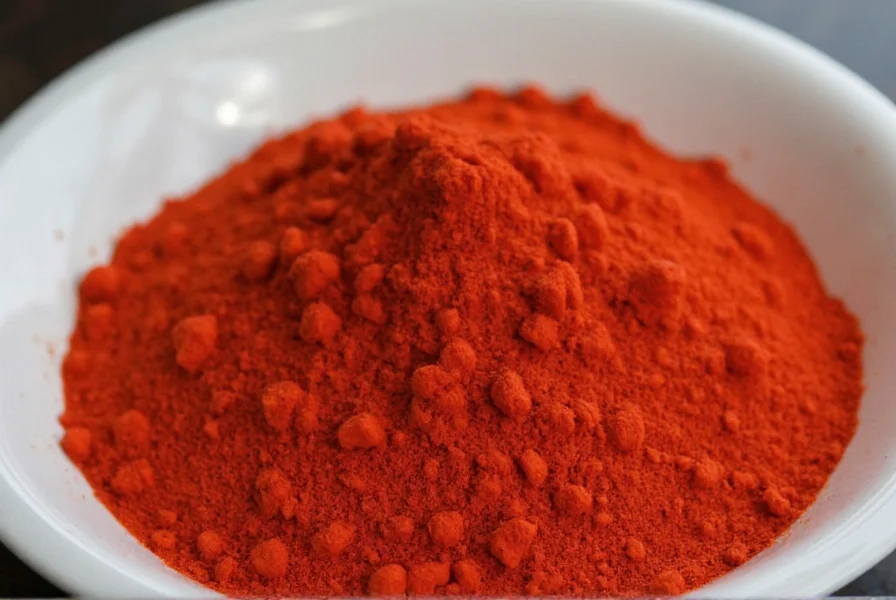
Achiote Powder
Features: Pre-ground, easy-to-use
Advantages: Instant flavor and color
Best For: Quick recipes like stews and rice
Occasions: Everyday cooking and seasoning
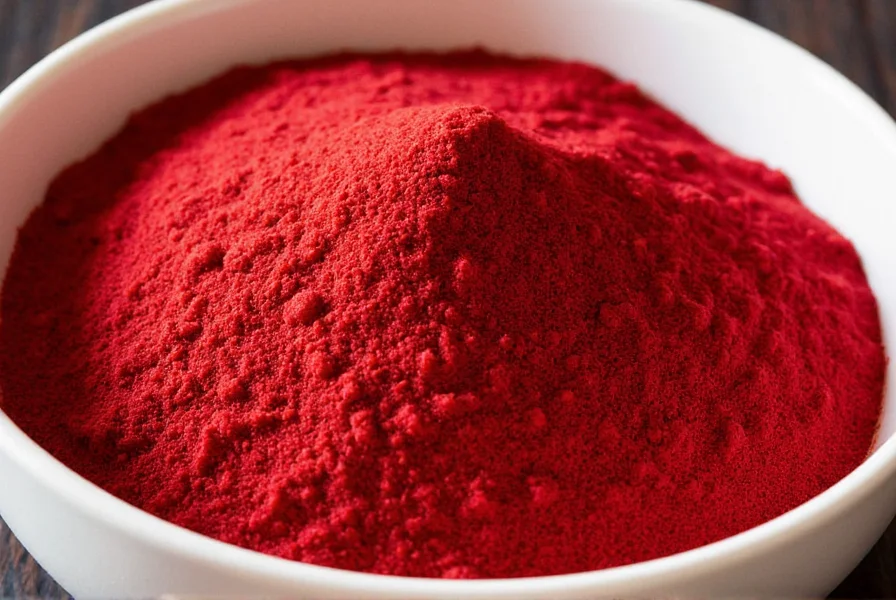
Achiote Oil
Features: Ready-to-use, aromatic blend
Advantages: No prep work needed
Best For: Marinating proteins or adding color
Occasions: Grilling, frying, or drizzling over finished dishes
Creative Non-Culinary Uses of Achiote
Believe it or not, achiote goes beyond the kitchen! Indigenous communities have long used it for:
- Body Paint: Used during ceremonies and rituals for protection.
- Skincare: Natural sunscreen and anti-inflammatory properties.
- Hair Dye: Blended with oils to tint gray hair naturally.
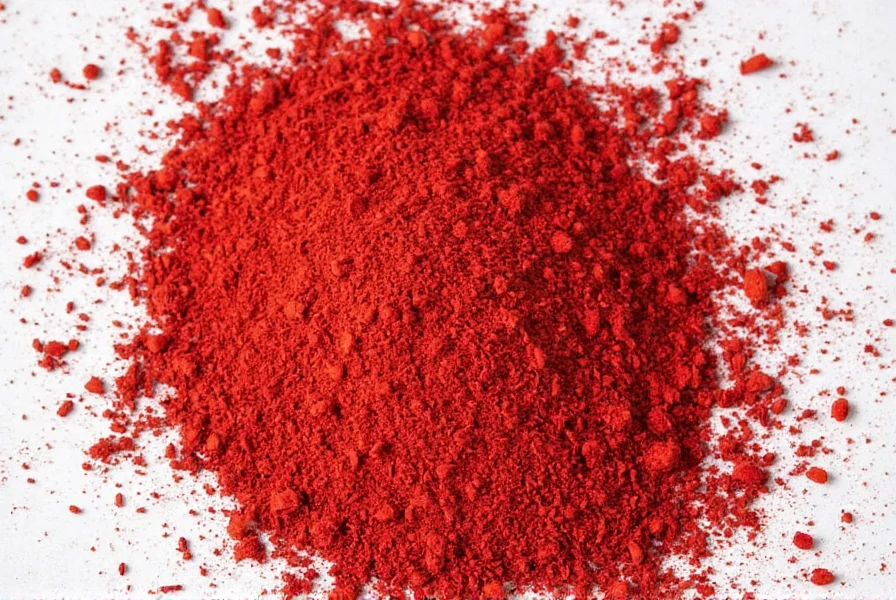
Final Thoughts on This Colorful Spice
Achiote seed might not scream bold flavors like chili or garlic, but its quiet magic lies in the way it transforms both taste and appearance. Whether you're making traditional dishes or experimenting with new colors and textures in your kitchen, achiote is a must-have in any well-stocked spice rack.
So next time you’re eyeing that mysterious red pod at the market, don’t walk away — give achiote a chance to shine in your kitchen!
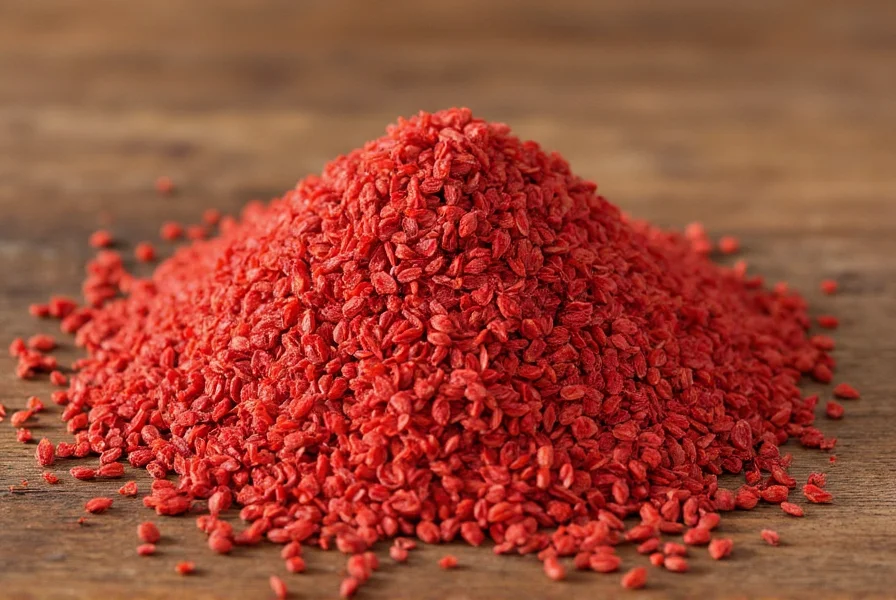
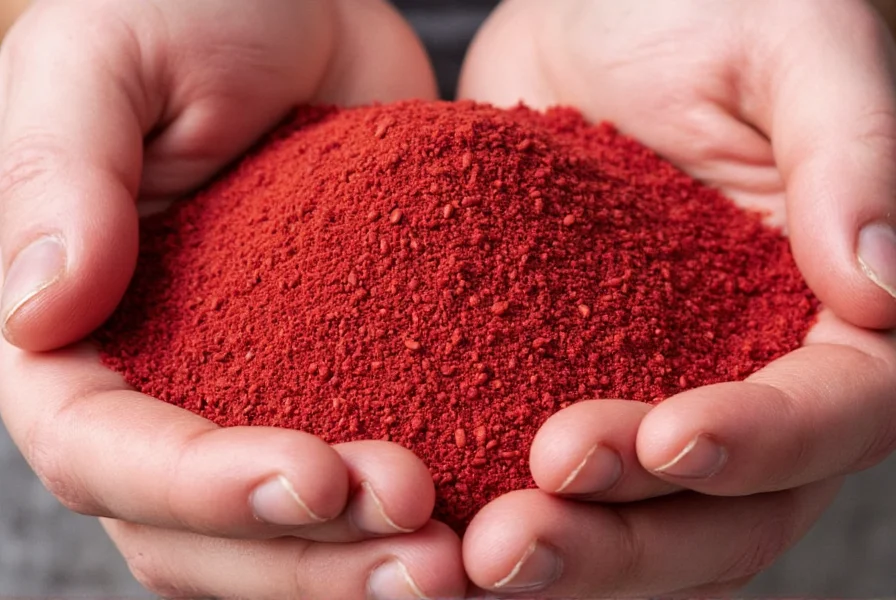

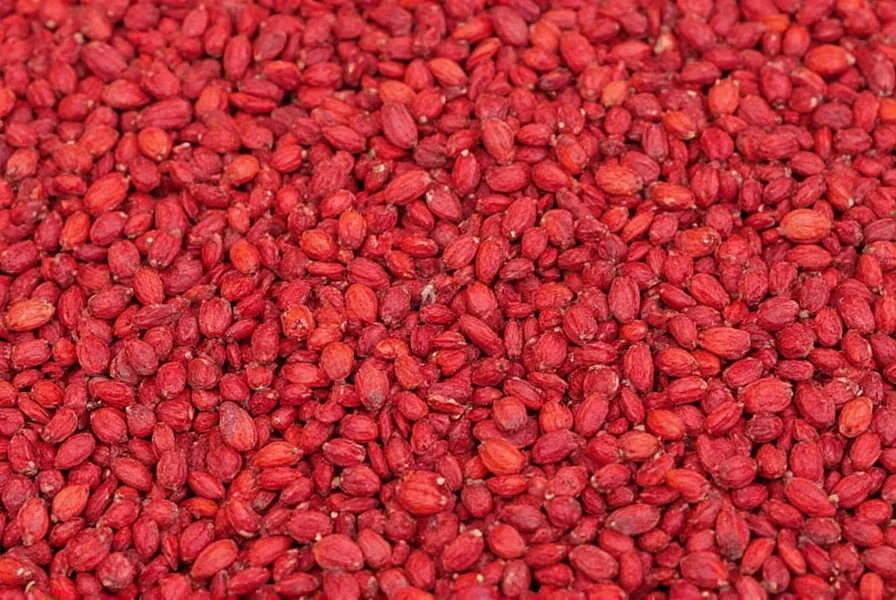









 浙公网安备
33010002000092号
浙公网安备
33010002000092号 浙B2-20120091-4
浙B2-20120091-4